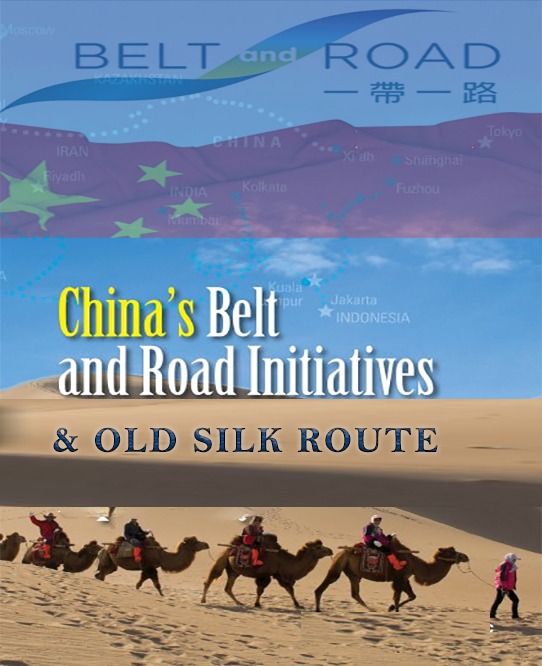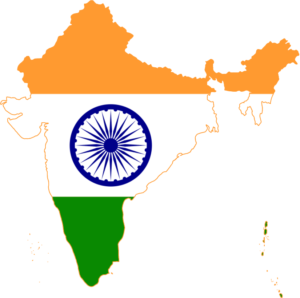Historical Connection Between Belt & Road Initiative and Ancient Silk Road

The Belt and Road Initiative (BRI), announced by the Chinese government in 2013, is the re-emergence of the historical Silk Route. The ‘Silk Route’ was the route mainly connecting the East and the West. It connected Asia, Europe, and Africa. BRI is also referred to as the New Silk Road. Just like the Silk Route, the objective of BRI is to improve cooperation and connections between nations. The ancient Silk Road originated in the Han Dynasty (206 BCE–220 CE), and an expanding ancient trade network connected East and West. This is one of the oldest and most influential trade networks in history.
The Han Dynasty establishes the Silk Route to facilitate trade with Central Asia and beyond, introducing Chinese silk to the wider world. The name Silk Road is given to this route because, from the 4th century BC to the 2nd century AD, the main item in trade was silk, followed by spices, tea, and precious metals. The ancient Silk Road was a significant conduit for trade and cultural exchange, linking China with Central Asia, the Middle East, and Europe. The Silk Road not only bolstered economic ties but also fostered cultural and intellectual exchanges, contributing to the development of civilizations along its routes.
The Belt and Road Initiative is currently the world’s biggest project. It has two parts: the “Silk Route Economic Belt” and the “21st Century Maritime Silk Road.” It aims to improve global connectivity by encouraging economic cooperation in participating countries. It involves more than 150 countries.
BRI consists of six main economic corridors to enhance connectivity and cooperation across different regions. Here are the names of these six corridors:
- China-Mongolia-Russia Economic Corridor (CMREC)
- New Eurasian Land Bridge Economic Corridor (NELB)
- China-Central Asia-West Asia Economic Corridor (CCWAEC)
- China-Indochina Peninsula Economic Corridor (CICPEC)
- China-Pakistan Economic Corridor (CPEC)
- Bangladesh-China-India-Myanmar Economic Corridor (BCIMEC)
The Silk Road connected East and West in ancient times. It was motivated by historic trade routes. Just as the Silk Road facilitated economic prosperity for cities and regions along its routes, the BRI also aims to foster economic growth by improving infrastructure and connectivity. This is particularly significant for developing countries in Asia, Africa, and Europe, which can benefit from enhanced trade routes and increased foreign investment.
The Belt and Road Initiative fosters trade facilitation, infrastructural development, and cooperation in the present. BRI initiatives are meant to promote cooperation, people-to-people bonds, a shared history, and cultural heritage preservation and exhibition. BRI encourages language acquisition and collaborative learning and encourages media and artistic collaborations. Similarly, the BRI promotes people-to-people bonds, academic exchanges, and cultural cooperation, aiming to build a shared cultural heritage and mutual understanding among participating nations.
In conclusion, the BRI and the ancient Silk Road share a historical connection rooted in their objectives of fostering trade, economic development, and cultural exchange. China seeks to create a new framework for international cooperation and development for global peace and integration.


